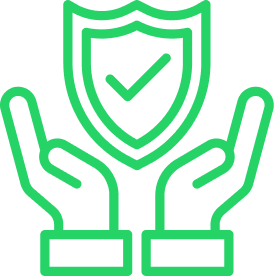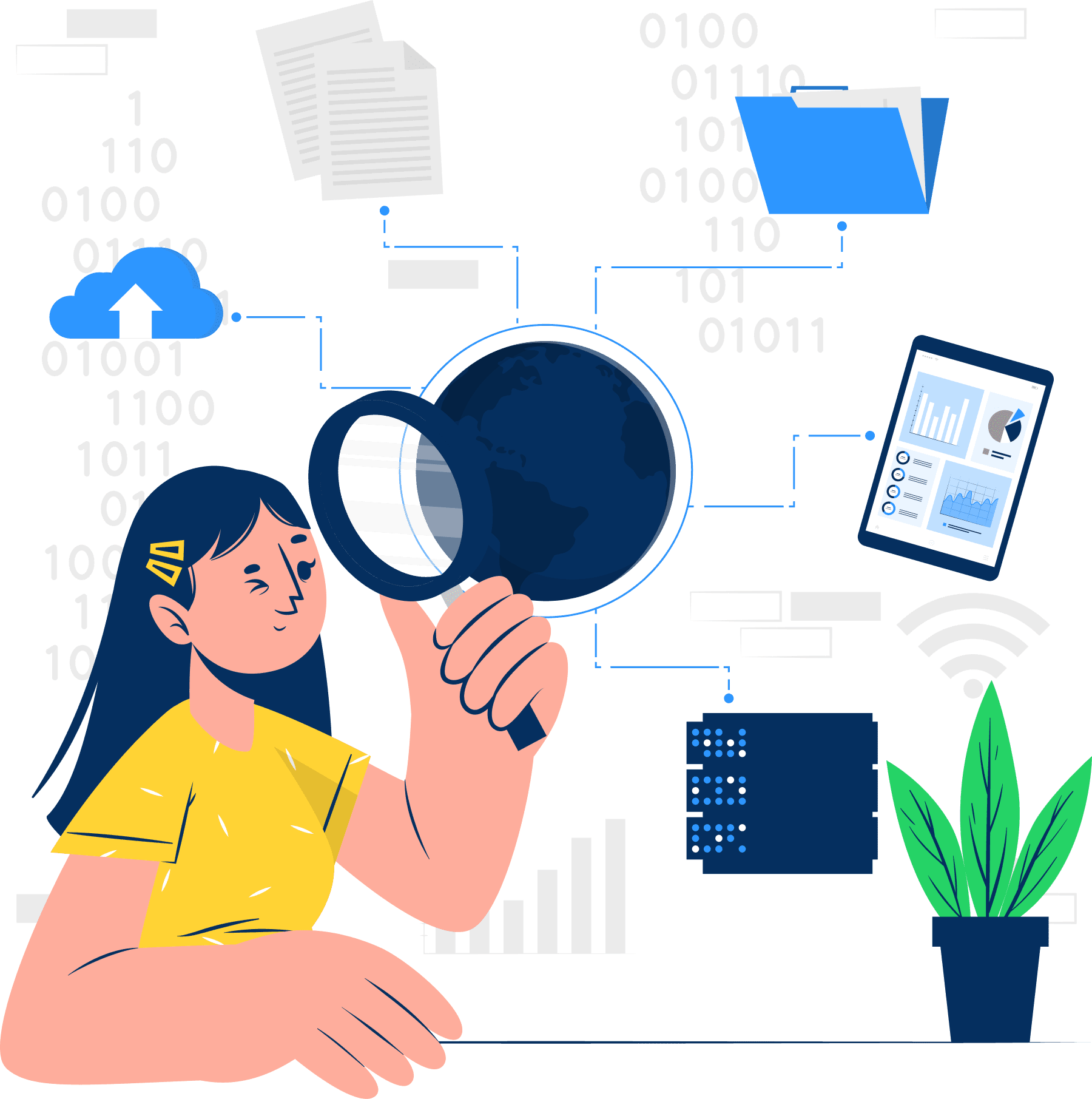Non-Intrusive Monitoring

The Importance of Non-intrusive Monitoring
In today’s digital age, social media has become an integral part of our lives, especially for young people. According to a Pew Research Center report (2018), 95% of teens have access to a smartphone, and 45% say they are online ‘almost constantly.’ As a result, parents, schools, and mental health workers are increasingly interested in monitoring social media activity to ensure the safety and well-being of children and adolescents. However, striking the right balance between monitoring and respecting privacy is crucial. Non-intrusive monitoring provides an ideal solution that allows for effective supervision while respecting the privacy of individuals.

Balancing Privacy and Protection
Non-intrusive monitoring is designed to strike a delicate balance between ensuring the safety of young people and respecting their privacy. This approach to monitoring focuses on identifying potential risks and concerns without invading the personal lives of individuals. By doing so, it fosters trust and open communication between parents, schools, mental health workers, and young people.
For example, non-intrusive monitoring might involve tracking public posts and comments or flagging specific keywords that indicate potential problems, such as bullying, self-harm, or substance abuse. The Cyberbullying Research Center (2021) found that 36.5% of students experienced cyberbullying in their lifetime. By monitoring in this non-intrusive way, parents and professionals can identify and address issues while maintaining a respectful distance from private conversations.


Benefits for Parents
For parents, non-intrusive monitoring offers several benefits. Firstly, it enables them to stay informed about their children’s online activities without crossing boundaries that could potentially damage their relationship. A study by the Journal of Adolescence (2019) found that excessive monitoring can harm the parent-child relationship. By fostering a sense of trust and open communication, parents can better support their children as they navigate the digital world.
Secondly, non-intrusive monitoring allows parents to identify potential risks and intervene when necessary. By detecting early warning signs, parents can address issues before they escalate and provide the necessary support to ensure their child’s safety and well-being. Learn more now.

Benefits for Schools
Schools can also benefit significantly from non-intrusive monitoring. By implementing a monitoring system that respects student privacy, schools can maintain a safe and supportive learning environment. This approach can help identify potential threats, such as cyberbullying or inappropriate content, allowing school staff to intervene and address these issues promptly.
Furthermore, non-intrusive monitoring can help schools foster a positive school culture that encourages responsible digital citizenship. According to StopBullying, among U.S. teens that use social media, 88% witness mean or cruel behavior. By teaching students the importance of online safety and privacy, schools can better prepare them for the digital world and promote healthy online habits. Learn more now.

Benefits for Mental Health Workers
For mental health workers, non-intrusive monitoring provides valuable insights into the online behavior of their clients. According to a study published in the Journal of Medical Internet Research (2016), social media monitoring can help identify mental health concerns, such as depression and anxiety. By monitoring social media activity, mental health professionals can identify potential triggers or warning signs that require intervention and support.
Moreover, non-intrusive monitoring can assist mental health professionals in evaluating the effectiveness of interventions and treatment plans. By observing changes in online behavior and communication patterns, mental health workers can better understand their clients’ progress and make informed decisions about treatment adjustments. Learn more now.


Addressing Potential Concerns
While non-intrusive monitoring offers many benefits, it is essential to address potential concerns that parents, schools, and mental health workers may have. One primary concern is the balance between privacy and safety. Non-intrusive monitoring emphasizes respect for privacy while maintaining a focus on safety. By concentrating on public posts, comments, and specific keywords, non-intrusive monitoring avoids invading personal conversations and maintains individuals’ privacy.
Another concern is the potential for false alarms or misinterpretations of online behavior. Non-intrusive monitoring systems should be designed to minimize false positives and ensure accurate detection of potential risks. By employing advanced algorithms and artificial intelligence, monitoring systems can better distinguish between genuine threats and harmless interactions.

Conclusion
Non-intrusive monitoring offers numerous benefits for parents, schools, and mental health workers, enabling them to ensure the safety and well-being of young people while respecting their privacy. By striking the right balance between protection and privacy, non-intrusive monitoring fosters trust, open communication, and responsible digital citizenship. As the digital landscape continues to evolve, non-intrusive monitoring will play an increasingly critical role in safeguarding the mental and emotional well-being of our youth.

Take Action Today
Don’t wait to prioritize the safety and well-being of the young people in your life. You can take advantage of non-intrusive monitoring tools to effectively protect children and teens while maintaining their privacy. By investing in these tools, you’ll be empowering youth to navigate the digital world confidently and responsibly. Act now and explore the options available for non-intrusive monitoring. Together, we can create a safer, more supportive online environment for our children and future generations.

